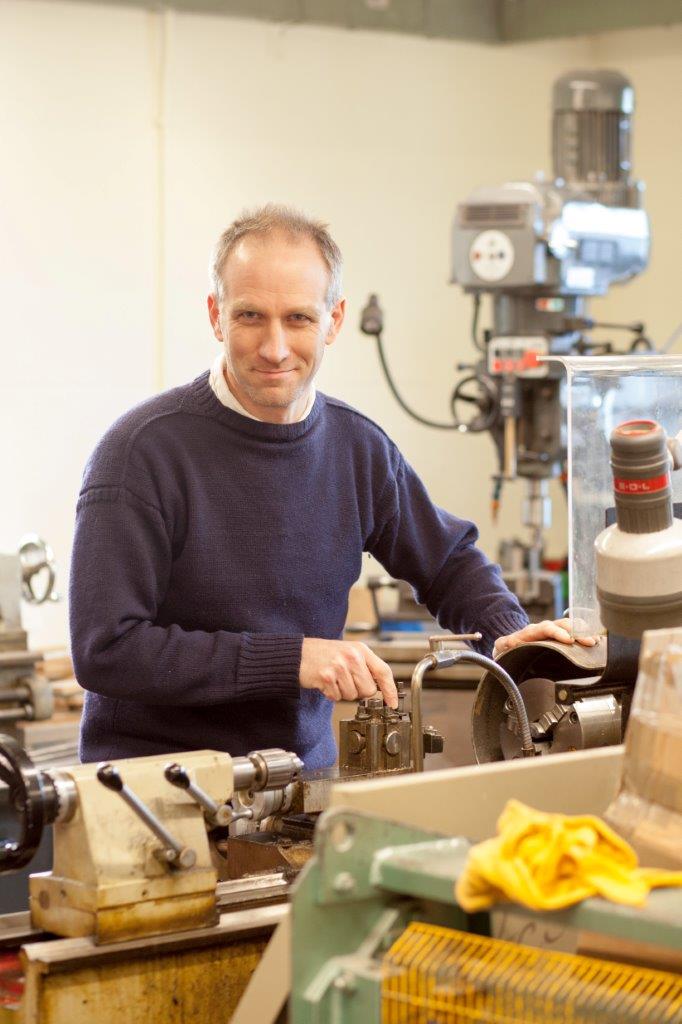The project aims to design and build a comfortable, functional moving seat for children with painful whole body spasms.
Dr Adlam of the University of Bath aims to design a new type of supportive and comfortable seat for young children with dystonic cerebral palsy who experience whole body spasms.
Please see – Video update from Dr Tim Adlam of Bath University
Cerebral Palsy is a common group of medical conditions caused by damage to the brain. The symptoms can vary greatly and depend on the type of cerebral palsy the child has and how severe it is. Some children have what is described as dystonic cerebral palsy and experience muscle spasms that can be painful and difficult to control. Currently these children are often given rigid seats which limit their freedom of movements. Preliminary work done by the team has shown that an older child was able to learn how to use a specially designed seat which moved at the same time as his spasms. As a result, he is able to move more and better interact with people and the world around him.
Dr Adlam and his colleagues have been working with parents, children and therapists to understand what these children need from a seat and how they would use it. They have run two parent consultation workshops, and are now working more closely with five individual children and their parents. Using the information gained from working with families and therapists, they have designed and built their first simple prototype chair. This will be used to check that the support they want to provide works for the children. The team is currently exploring the motion of the chair that is needed to accommodate the children’s’ movements, checking that the geometry and mechanisms of the prototype seat are right, making sure there is enough adjustment on the seat and that the support provided is comfortable.
Initial tests with three children have demonstrated that they enjoyed using the seat and sat well in it. The next step for Dr Adlam and his colleagues is to use what they have learned from this testing to design a new prototype that can be properly tested in a small clinical trial.



Comments are closed.